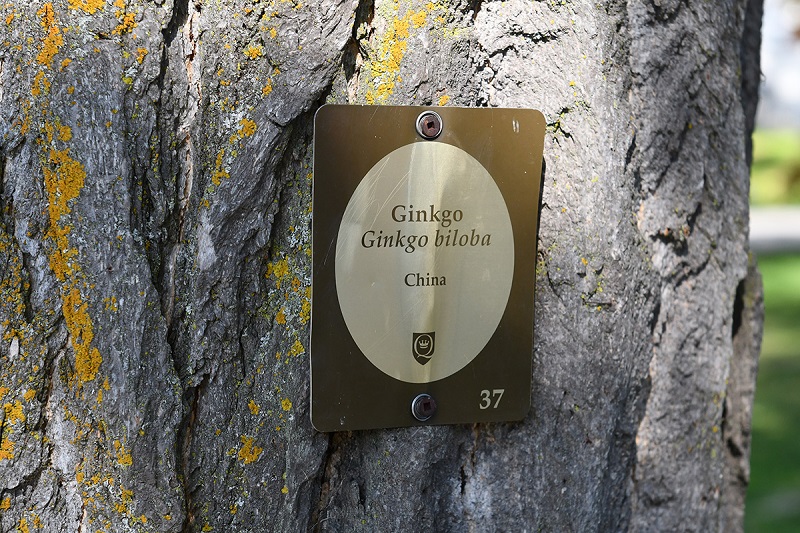Preserving trees of Canada and beyond
October 26, 2022
Share

Queen’s is revered for its historic limestone architecture and beautiful grounds, which attract thousands of visitors each year. But did you know the slope in front of Summerhill (the oldest building at Queen’s) was the site of Canada’s first botanical garden, planted in 1861? Kingston was also the hometown of the Botanical Society of Canada, that created this garden to further studies of local flora in the area.
Over a century later, in 1999, and on the same hill, Queen’s created the Snodgrass Arboretum, named after one of the university’s early principals. It’s a public garden of sorts that features a large variety of tree species. Many are native to Ontario and Canada, some of which are rare, and others are species from different parts of the world. The Snodgrass Arboretum is publicly accessible seven days a week, dawn to dusk and free of charge.

“Snodgrass Arboretum is a living treasure at Queen’s. Not only is it historical, but it is also a testament to our continuing efforts to highlight sustainability on campus,” says Donna Janiec, Vice-Principal (Finance & Administration). “Public green spaces are integral to a sustainable future, both within Canada and globally.”
Featured species
The green, quiet space makes a great place for a walk and learning about featured tree species.
The Turkish Hazel (Corylus colurna) is native to Europe and southeastern Asia. It produces an edible nut, protected by a green, flesh-like covering, sticky to the touch. Another introduced species is Ginkgo (Ginkgo biloba), native from China. Its seed kernels have commercial value throughout southeast Asia.
The collection also highlights trees that have been used by communities for different purposes. The Scots Pine (Pinus sylvestris), easily distinguished by its blue-green foliage and orange bark, is commonly used as a Christmas tree. It is also a good source of soft wood for boat building and, historically, its resins and oils were harvested as a remedy for the common cold.

Indigenous peoples in North America traditionally used the pliable roots of the White Spruce (Picea glauca), in association with birch bark, to construct canoes. The fruits of the Black Walnut (Juglans nigra), native from Southern Ontario, are used for cooking, and produce a brown dye used for staining floors.
A few other species can also be observed in different areas on campus, beyond the Arboretum.
Living lab
The arboretum area has a unique microclimate that is influenced both by the surrounding campus and the proximity of Lake Ontario. These special characteristics make the Snodgrass Arboretum a potential “living laboratory” for the study of floral species.
For the past two years, Queen’s Facilities has been using the iTree app, a collection of urban and rural forestry analysis and benefits assessment tool, to monitor the arboretum. The freely available application helps to identify species and rate tree health, and aims to quantify and value ecosystem services provided by trees, including pollution removal, carbon sequestration, avoided carbon emissions, avoided stormwater runoff, and more.